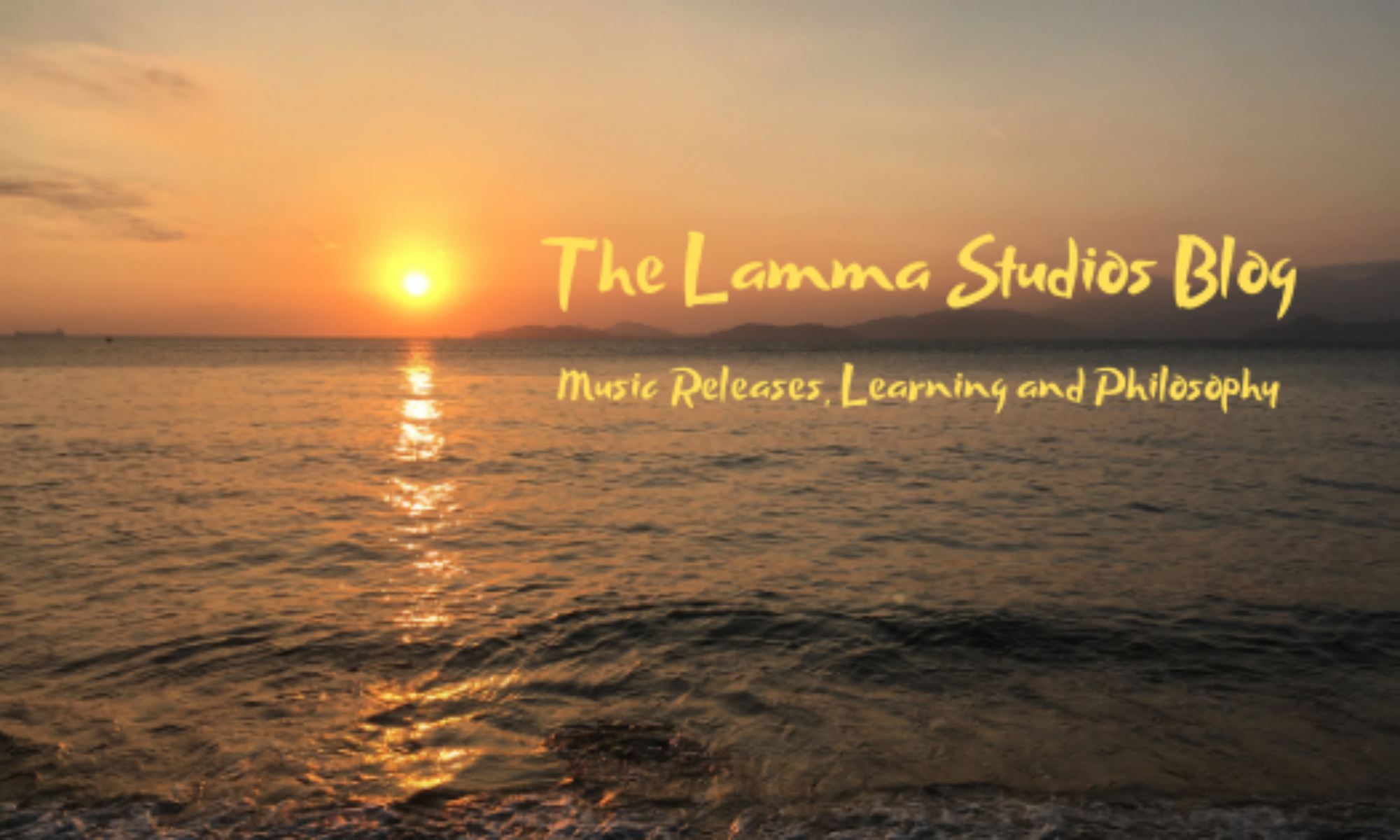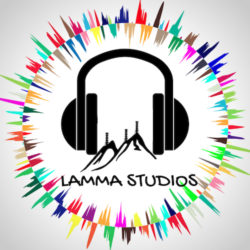Principle 10: Learn to move, dance and express music with your body.
As we have covered before in Principle 5 as well as other lessons, music is more about feeling than hearing or thinking. So ask yourself, where does music live in you? In your mind? Your heart? Hips? Ears? Hands? Feet?
The answer is that music affects the whole body. While the brain does indeed light up like a Christmas tree when we play music, so does our entire body if allowed to freely react to the music. Toes want to tap, hips want to sway, heads want to bob, fingers want to drum, booties want to shake. It’s in our DNA.
Kids express themselves very physically. They jump up and down when happy, curl up into balls when unhappy, and are generally so physically free that if we saw a normal adult acting that way we would guess that something was wrong with them.
That physical freedom is the same freedom of self expression we need in music. Many of us have suppressed their physical freedom for years, but those instincts are in us all ready to be reawakened if we can let go of our fear of expressing ourselves. That fear is actually the number one enemy of musicianship for most of us.
If we could just learn to freely play without self judgement, we would learn music quickly and easily just like little kids learn language. Dancing is a great way to shake off those fears and learn to be expressive of the total self. This means expressing not just how we think and believe but also how we feel deep down.
Dancing is also a great way to improve rhythm and feel. Rhythm lives in the hips and below. If we get the lower halves of our bodies moving to the music, we will play with much better groove.
In these exercises we will explore different ways to start dancing with the music and unlock this great gift.
Exercise 10A: Move your body to recordings at home.
This is pretty simple. Put on some music and dance along. Dance like no one is watching! Try to move the entire body. Let the hips, feet, hands, head everything, move with the beat and enjoy yourself. There are just two rules: move your body with the groove, and express your feelings through movement.
I have included 10 musical examples in different styles to get you started. I suggest you try dancing to all or at least several of the different styles, and then choose the one you feel the most natural dancing to. Then dance to several more songs from that genre.
It’s also helpful as we develop and play performances to be able to vary our feels from song to song. One way to practice that it is to dance to different styles one after another. That way we can learn to switch feels easily.
Pop – Michael Jackson – Billie Jean:
Reggae – Bob Marley “I Shot the Sheriff”:
Old School Hip Hop – Eric B. and Rakim – Follow the Leader:
Disco – Earth, Wind and Fire – September:
Alternative Rock – The White Stripes – Seven Nation Army :
African – Fela Kuti – Water No Get Enemy:
Funk – James Brown – Get up Offa That Thing:
Cha-Cha – Hector Lavoie – Noche De Farra:
Tango – Armik:
Classical Waltz – Tchaikovsky – Waltz of the Flowers:
Exercise 10B: Dance with the instrument.
Put on a song that you would like to play and pick up your instrument. Use it as a prop for your dance. Try to mimic a general music playing setup and motion, but be very free with your movements. It’s like you’re shooting a music video with a prerecorded track. Really perform! How much of a star can you be?
Exercise 10C: Play along with your song while still dancing.
Continue to play the same song as in exercise 10B, but now begin to play. Keep your body very free and moving in time to the music. Keep your focus on the dancing, not the playing. It’s more important what it looks like, but try to fit the playing in with the feel. Keep the playing simple and repetitive at first and focus on connecting the music and the movement with new neural pathways and physical habits.
Exercise 10D: Dance along to imaginary music.
Next we will practice connecting musical imagination to music. Imagine some music playing and dance along. Try to hear the music as clearly as you can. In this exercise put your full attention on the imaginary band, and let your body move freely without your guidance. If you feel the imaginary music strongly, you can begin to incorporate the instrument, by dancing with it and eventually playing along.
Exercise 10E: Learn to communicate emotion and other ideas with movement.
This is a fun one to do with other people. Practice expressing ideas with movement alone. How would you express anger with movement? Love? Fear? Joy? Whatever emotion you feel can be expressed physically sometimes much more easily and clearly than it can be with words. Sometimes an action is worth a thousand words. The body has it’s own language. Unite that language with the language of music and you will be much more expressive.

